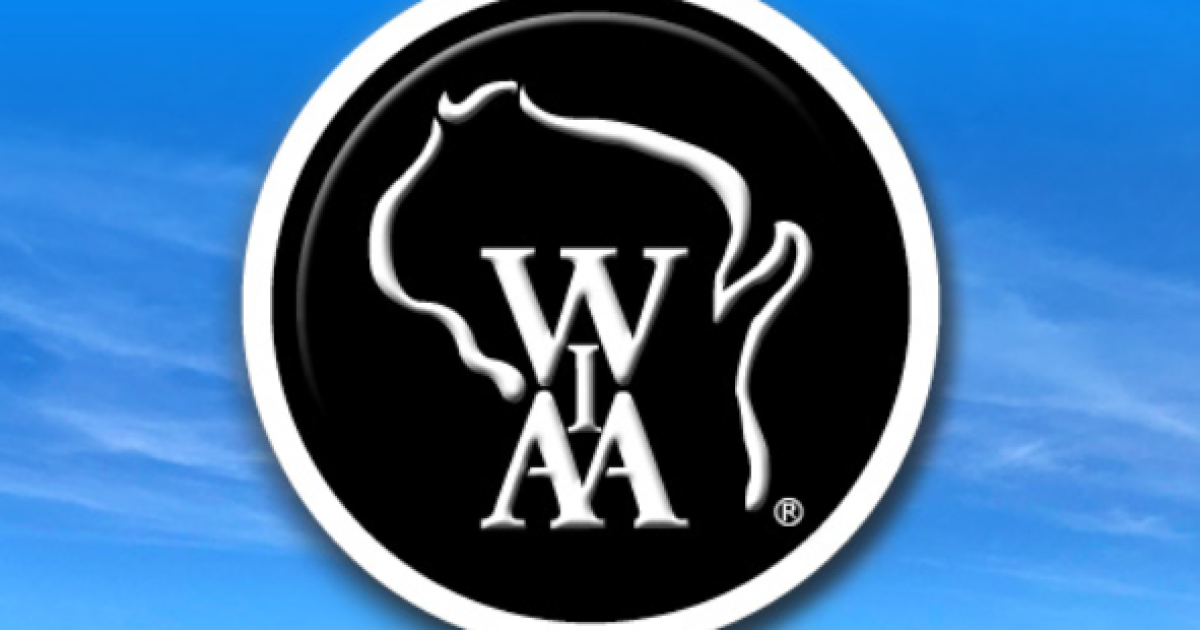UPDATE: Wisconsin just confirmed new rules allowing high school athletes to profit from their name, image, and likeness (NIL), a significant shift that has been anticipated for years. With nearly 75% of member schools voting in favor this past April, the Wisconsin Interscholastic Athletic Association (WIAA) is now paving the way for high school athletes to explore NIL opportunities.
This groundbreaking policy comes as a response to a nationwide movement where 42 states and the District of Columbia have already implemented similar regulations. Athletic directors, including Jeff Behrens of Pewaukee, emphasize the urgency of establishing these guidelines to prevent state lawmakers from enacting their own potentially restrictive measures.
“We wanted to take control of the process,” said Ryan Tomczyk, Kettle Moraine athletic director. “This is about ensuring that our athletes can benefit without losing the amateur status that high school sports uphold.”
The new NIL framework allows athletes to participate in deals that are not directly associated with their school teams or the WIAA. However, several restrictions remain in place. Athletes are prohibited from using their high school names, uniforms, or any direct references to their schools while engaging in NIL activities. This means that while they can promote external ventures, they must do so independently of their high school affiliations.
“It’s a nice opportunity for them, but it will be the Wild West for a while,” stated Eido Walny, owner of Walny Legal Group and one of the first to navigate NIL deals in Wisconsin. He cautioned that the rules can be complex, emphasizing the importance of legal and financial guidance for families entering this new landscape.
Parents and athletes need to be aware: performance-based compensation is prohibited, and NIL deals cannot involve sponsors connected to their school, including local businesses supporting the athletic department. “For example, if a pizza restaurant sponsors our school, they cannot strike a deal with our students,” Behrens explained.
As NIL opportunities expand, the role of parents is critical. The WIAA advises families to secure legal counsel and financial advice. “This is business,” Walny reiterated, highlighting the tax obligations that come with earned revenue.
The educational component of NIL is also a key focus. According to Tomczyk, it provides student-athletes with valuable lessons in entrepreneurship, communication, and financial literacy—skills that resonate with many families. “This is about preparing them for the future,” he added.
While athletes are not required to report NIL deals, it is vital to keep athletic directors informed to avoid potential violations and ensure protection in all transactions. “Bring every deal to me,” Behrens urged athletes, “and I’ll let you know if it’s a good deal or a potential violation.”
As the WIAA sets the groundwork, individual schools may opt for stricter NIL rules, making it imperative for athletes and parents to maintain open lines of communication with their athletic directors.
For those interested in the specific guidelines of the WIAA’s NIL policy, further information can be found on their official website.
Stay tuned as this developing story unfolds, impacting the landscape of high school athletics in Wisconsin and beyond.
